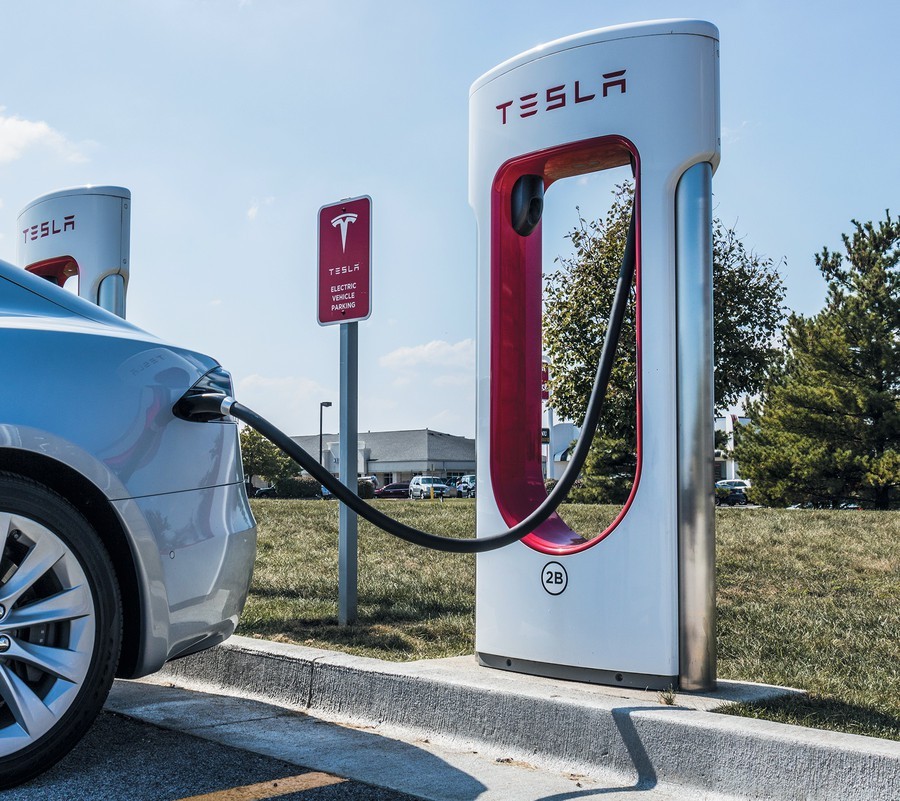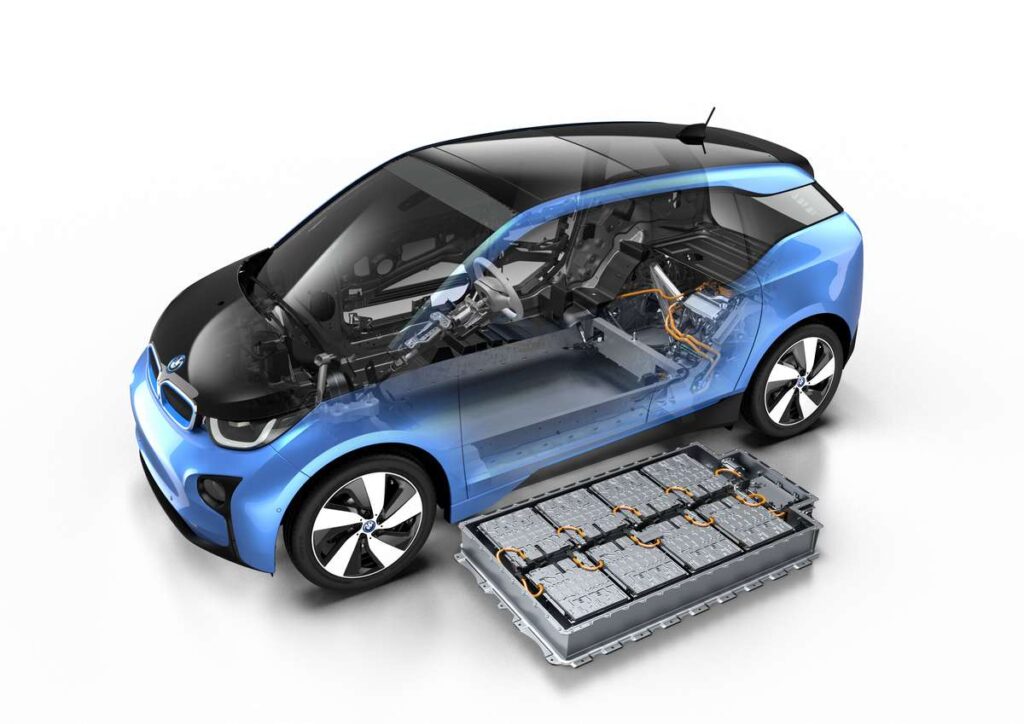
Charging electric vehicles
Although they have not yet replaced gas-powered vehicles, electric vehicles are growing in popularity. More and more car brands are creating plug-in hybrids and all-electric models, causing charging stations to open in additional locations. Electric vehicles aim to save users money spent on gasoline by providing a cheaper power option and helping to reduce the number of vehicles emitting emissions on the road.
Plug-in hybrid vehicles include both a rechargeable battery and a gas tank for fuel. After a certain number of miles or speeds, the vehicle switches to fuel-energy mode. Fully electric cars get all their energy from the battery. Both need to be charged for optimal performance.
Tempted by the economy and environmental friendliness of an electric car for your next car purchase? Electric vehicle owners need to know what to expect from each charge depending on its type. It takes longer to fully charge a car at a certain voltage and may require an adapter or a dedicated charging port for compatibility. Charging can take place at home, at work, or even at any of the growing public charging stations.
Types of accruals:
Level 1 Charging
Level 1 or 120V EV charging comes with every EV purchase in the form of a charging cord with a 1-prong plug. The cord plugs into any well-grounded wall outlet on one end and has a car charging port on the other. An electronic circuit box runs between the pin and the connector - the cord checks the circuit for proper grounding and current levels. Level 20 provides the slowest type of charging, with most vehicles taking about XNUMX hours to fully charge.
Most EV owners who charge their vehicles at home (overnight) use this type of home charger. While 9 hours may not fully charge a car, it's usually enough to drive the next day if less than 40 miles. On long journeys up to 80 miles per day or on long journeys, Tier 1 pricing may not be appropriate if the driver does not find a port at the destination or extend stops along the route. Also, in very hot or cold climates, more power may be needed to keep the battery at the ideal temperature at a higher charge level.
Level 2 Charging
By doubling the level 1 charging voltage, level 2 charging delivers 240 volts for a moderately faster charge time. Many homes and most public charging stations have a level 2 setup. A home installation requires the same type of wiring as a clothes dryer or electric stove, not just a wall outlet. Level 2 also includes higher amperage in its circuitry - 40 to 60 amps for a faster charge session and a higher range of mileage per charge hour. Otherwise, the cable and vehicle connector configuration is the same as in layer 1.
Installing a level 2 charging station at home costs a lot of money, but users will benefit from faster charging and save money on using external stations. Plus, installing a power plant qualifies you for a 30% federal tax credit of up to $1,000, which can save you money in the long run.
DC fast charging
You won't be able to install a DC charging station in your home - they cost up to $100,000. They are expensive because they can give electric vehicles a range of up to 40 miles in 10 minutes. Quick stops for business or coffee also serve as an opportunity to recharge. While that's still not much for long-distance EV travel, it does make traveling 200 miles a day more likely with multiple charging breaks.
DC fast charging is so named because a high-power DC current is used to charge the battery. Level 1 and 2 home charging stations have alternating current (AC) which cannot provide as much power. DC fast charging stations are increasingly appearing along highways for public use as they require significantly increased utility costs for high power transmission lines.
With the exception of Tesla, which provides an adapter, levels 1 and 2 also use the same "J-1772" connector for the charging connector. There are three different types of DC charging for different car models:
- Let's go: Compatible with Nissan Leaf, Mitsubishi i-MiEV and Kia Soul EV.
- CCS (combined charging system): Works with all US EV manufacturers and German EV models including Chevrolet, Ford, BMW, Mercedes-Benz, Volkswagon and Volvo.
- Tesla supercharger: The fast and powerful station is only available to Tesla owners. Unlike CHAdeMO and CCS, Supercharger is free on a limited market.
Where to charge:
The main: Many EV owners charge their vehicles at night at Level 1 or 2 stations installed in their own homes. In a single-family home, the cost of charging can be less than the cost of running an air conditioner all year round due to low and stable energy bills. Residential charging can be a bit more of a challenge in terms of accessibility and is similar to public charging.
Work: Many companies are starting to offer bonus points on the spot as a nice perk for employees. It is relatively cheap for corporations to install and helps them take care of the environment. Office owners may or may not charge a fee to use it, but employees can still use it for free and the company pays the bill.
Public: Nearly all public sites offer Level 2 charging and the number of places continues to grow, with some also including certain types of fast DC charging. Some of them are free to use, while others cost a small fee, usually paid through a membership. Like gas stations, charging ports aren't designed to be busy for hours on end if they can be avoided, especially public ones. Leave your car tethered until it's fully charged and then move to a regular parking lot to open the station for those who need it.
Charging station search:
While charging stations are growing in abundance, finding them outside of your home can still be tricky if you don't know where they are. Be sure to do some research beforehand - there aren't as many as gas stations yet (although some gas stations do have charging ports). Google Maps and other EV smartphone apps like PlugShare and Open Charge Map can help you narrow down the nearest stations. Also, pay attention to the limits of your car's charge range and plan accordingly. Some long trips may not yet be supported by the appropriate charging stations along the route.

